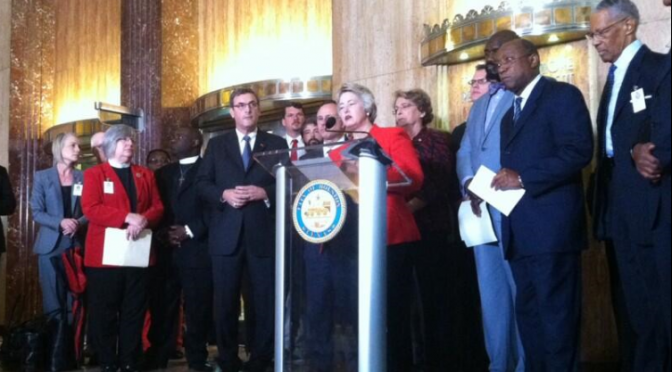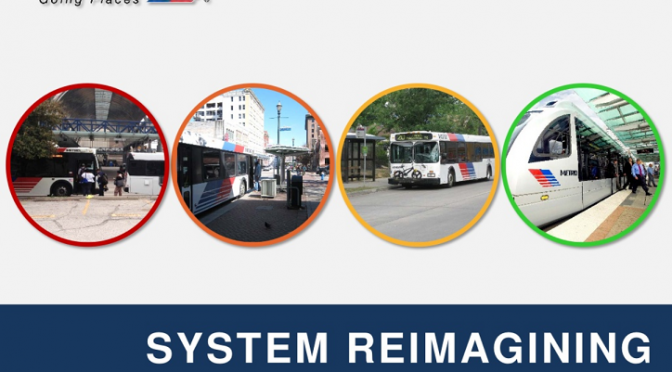Mayor Annise Parker and … Continue Reading ››
Compromise Reached on ERO’s ‘most divisive’ Provisions
In the increasingly heated battle over Houston's Equal Rights Ordinance, set to be voted on tomorrow by Council, Mayor Parker announced a major compromise today. She was flanked by several Council Members that were originally on the fence about said provisions. Here's the scoop from Jayme Fraser of the Houston Chronicle...

